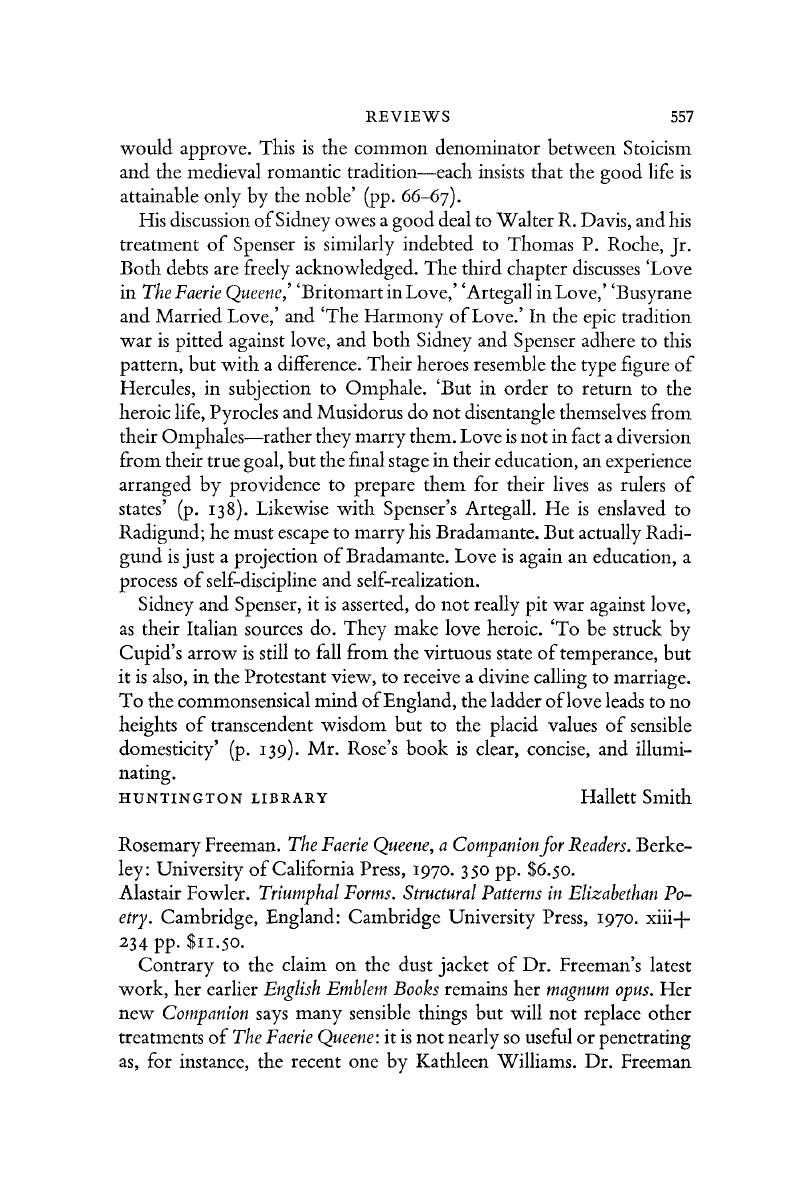No CrossRef data available.
Published online by Cambridge University Press: 20 November 2018

1 See Hieatt's, C. B. and my ‘ The Bird With Four Feathers … ,’ Papers on Language & Literature, 6 (1970), 18–38 Google Scholar, where we attempt to express much the same in a medieval context.
2 See my rejoinder to Roche in PMLA, 77 (1962), 509-510, shortly to be reprinted, with his original article, in a collection of Spenserian essays edited by A. C. Hamilton for Archon Books. I would now add that Scudamour is ‘overbold’ in terms of a love allegory of the type of Le Roman de la Rose which impinges in FQ iv.x upon an allegory of concord, the combinatory figure for both being the laughing hermaphroditic Venus who makes the bulls bellow as well as the elements concur.
3 See Farrar, Austin, A Rebirth of Images (London, 1949), p. 254 Google Scholar. The disciples in John21.11 drawup 153 fish from water full of life, because the length of the River of the Water of Life is 17 cubits, the hypotenuse based on the New Jerusalem's dimensions. The triangle of 153 items is composed of a base of 17 items and consecutively imposed horizontal layers of such items, each layer smaller by one than the former. Perhaps Fowler would claim later non-theological validity for this symbol.
4 Perhaps it is a rule that numerical investigations of Renaissance poetry elicit allusions to Falstaff. An early reviewer of my book on Epithalamion said that it was ‘an intolerable deal of theory to a very small amount of fact.’